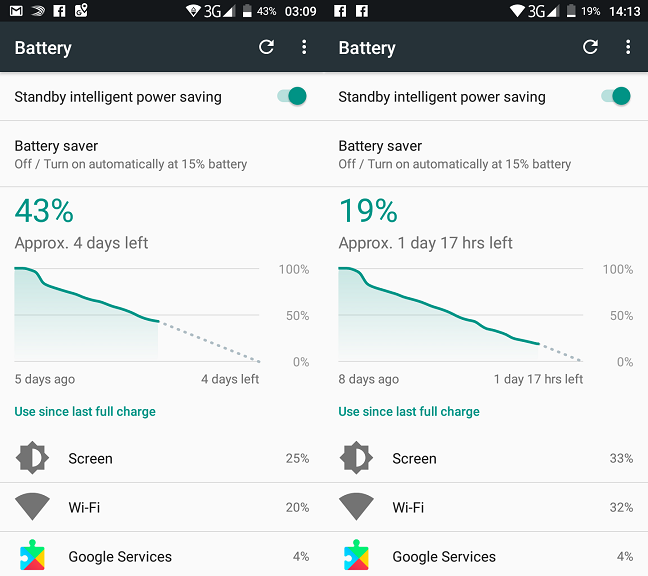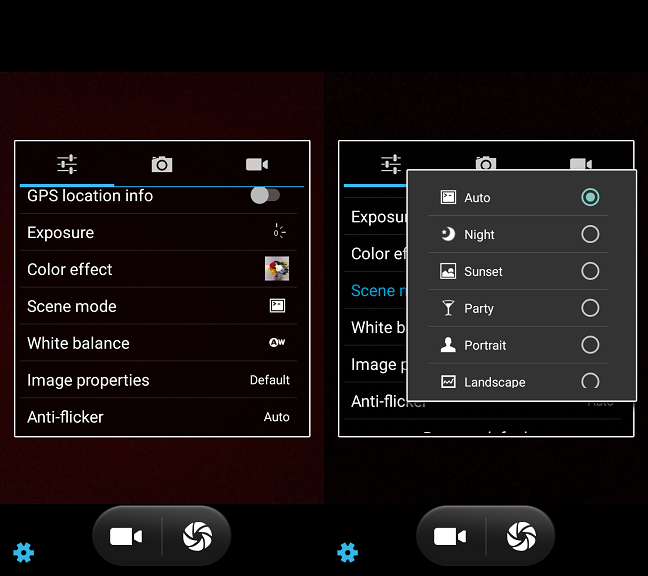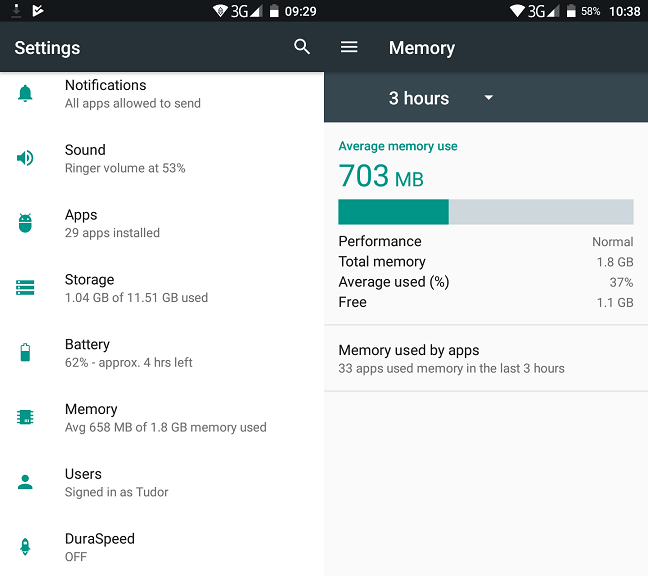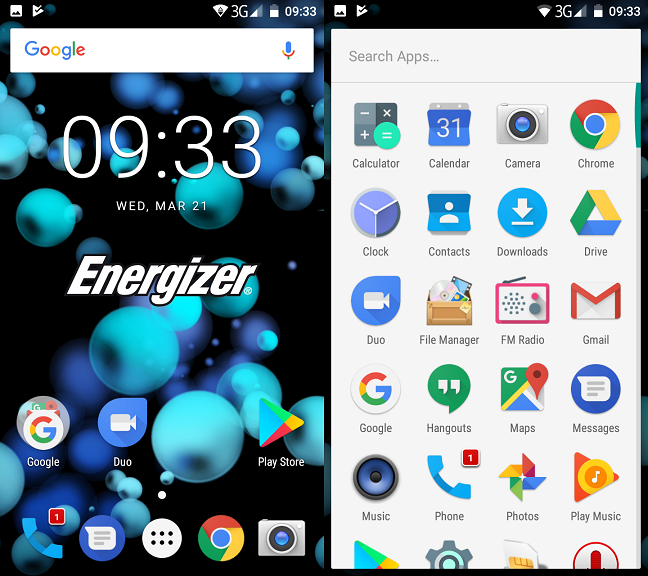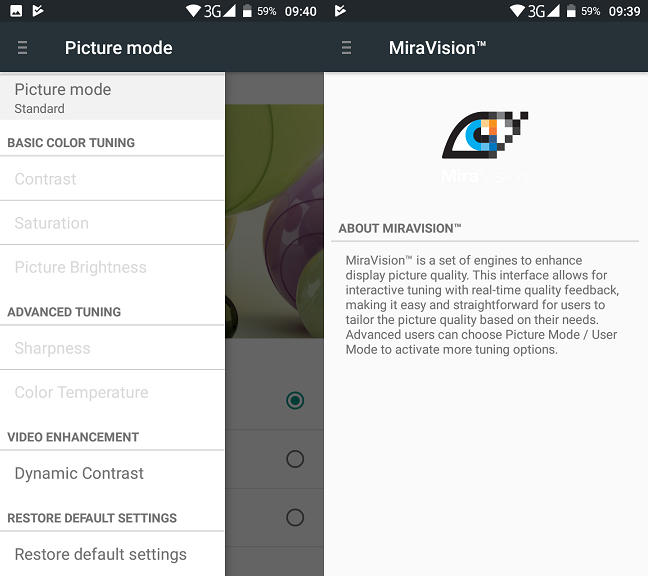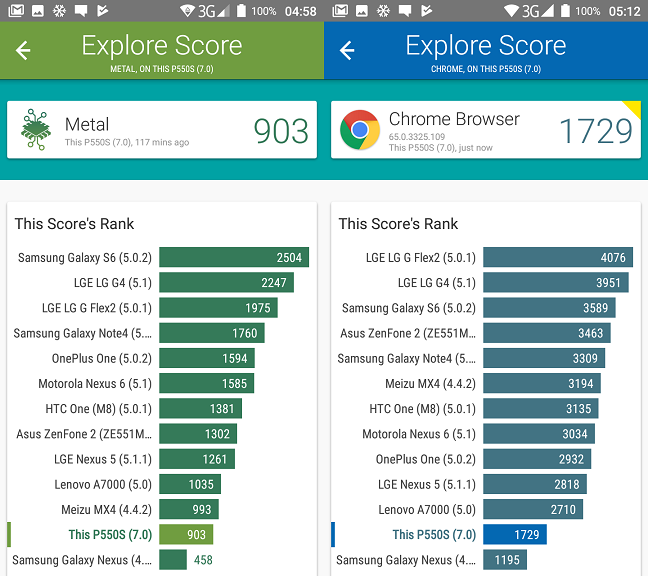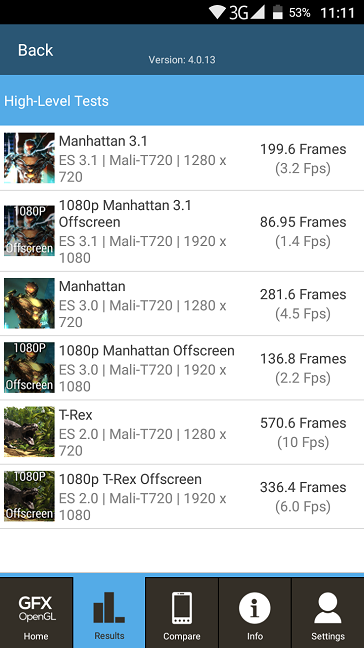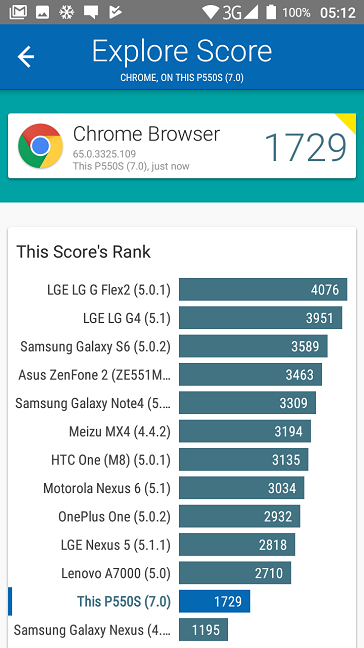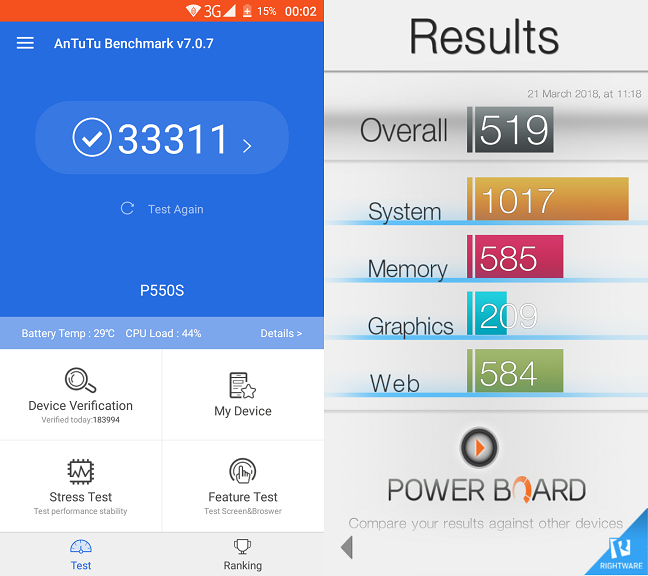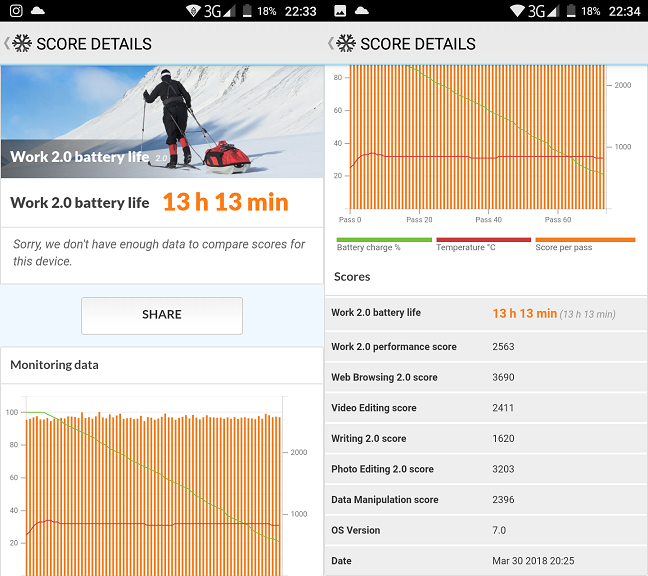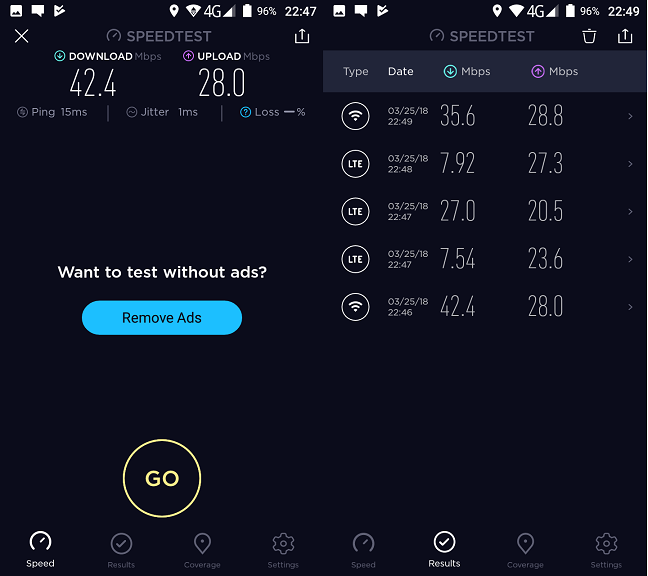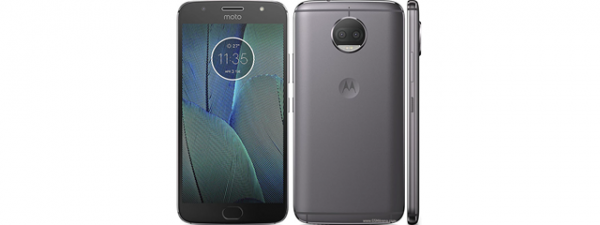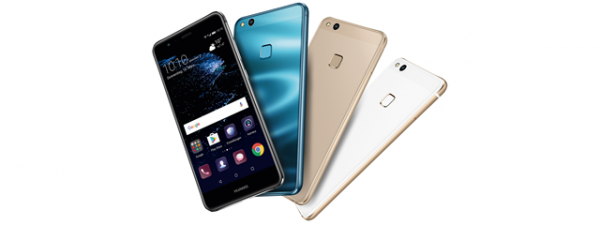
The smartphone experience on the Energizer Power Max P550S
It's been 8 days since the last charge. The phone indicates we still have 19% battery remaining. Yes, we've been using the phone for about an hour each day, but the result is nothing short of amazing. Charging without the fast charger takes a long time, around 3 hours to complete. We estimate that fast charging cuts that time in half.
By now we have gotten used to the weight and size of the device. We have also used it intensively, and the battery lasted for roughly two days, which is still a good result.
The general impression so far is that this smartphone does its job without any complications. It's simple, easy to use, the processing power is sufficient and there are no major negative traits.
Telephony is good: the earpiece is sufficiently loud and we had no reception issues.The sound quality when using headphones or externally amplified sound sets is reasonable, with just a bit of background noise present. The included headset is of terrible quality and we would not recommend using it for anything else but phone conversations. The integrated speaker is no performer, either. It struggles with the mid and low-frequency sound reproduction, but the volume is sufficient in most cases.
The LCD screen only has a pixel density of ~267 ppi, which is very low by today's standards. However, one can't see the individual pixels even on close inspection, and the viewing angles are good, with minimal color distortion and loss of brightness. Under direct sunlight it's not the best viewing experience, but again, it's decent. Color reproduction, however, is not very good, with a blue-ish hue visible on all colors. The phone does have different color profiles for viewing pictures, but they do not work any miracles.
Energizer Power Max P550S takes a while to boot up and the low performance components sometimes struggle trying to keep up with a quick succession of commands from the user. Although serious slowdowns were rare, the phone feels a bit sluggish because of the loading times and the overall reaction time. The heat generated is negligible and, thanks to the metal body, it's easily dissipated.
The fingerprint reader is small and relatively slow. It also has a decent recognition rate, with roughly four out of five attempts to log in being successful.
The unlit capacitive buttons are difficult to use in the dark and we are really glad that mobile devices are moving towards having software buttons.
Using the Energizer Power Max P550S was as uneventful as expected. Apart from the moments of slugginess and the quality of the included headset, there were no major usability problems. The battery life, however, is amazing.
The camera experience on the Energizer Power Max P550S
The Energizer Power Max P550S has a pretty basic 13MP main camera. Official specs are not available, but from the EXIF data of the pictures, the maximum aperture is f/2.2, while the minimum ISO is 100. There is no optical image stabilization, only a software stabilization option. Other properties, like phase detection autofocus or pixel size, are unknown, but what really matters is the quality of the pictures.
The interface is straightforward. The buttons for video and photo are both on-screen at all times, and sometimes we mistakenly pressed one instead of the other. There are various picture modes and settings which can be accessed from the settings menu. Overall, the number of settings is sufficient for the average user.
Pictures taken in good lighting conditions are decent. The amount of resolved detail is sufficient and the post-processing is only visible when magnifying the pictures. The HDR mode overexposes the pictures, gaining detail in the darker areas but losing the same amount of detail on the overexposed areas. Since there are no separate files saved, we can safely conclude that the HDR effect is not done by bracketing, but by post-processing the pictures. The results are mediocre, as you can see below.
Pictures in low light condition are ok, but in dark environments, the default camera mode keeps the ISO low at the cost of blurry images. If Night mode is selected, the ISO setting is bumped up and the exposure is reduced. The pictures made using the Night mode are not brighter, but the camera shake is reduced by using lower exposure times.
Overall, color reproduction is poor. The different shades of blue are the most affected, and using the flash does not improve the quality. Here's a picture of a cat to prove our point.
The pictures lack saturation and vibrance, and while the setting to increase screen saturation on pictures helps a bit when viewing the pictures on the phone screen, the problem remains when viewing on another device. Close-ups are handled ok. The phone can be pretty close to the subject without losing focus.
The front camera has a resolution of 5MP (still more than the iPhone SE, though!) and a maximum aperture of f/2.8. The front camera is only good for video calls and we would not recommend the Energizer Power Max P550S if you're a selfie addict. As usual, you can take a look at the full-size pictures we made with the Energizer Power Max P550S. Expand the album below to view them.
As for videos, the main camera is capable of shooting videos in HD resolution (1280 x 720 pixels) at 30fps. There is a camera stabilization setting for shooting videos, but it's done in the software and it is not particularly effective. Just as for stills, the colors are washed-out. Below you can watch a video with the default settings and if you turn the sound on you will also be able to evaluate the sound recording capabilities of the Energizer Power Max P550S.
Overall, the camera experience was mediocre at best. Color reproduction is bad, the pictures tend to be undersaturated and the videos are only recorded in HD resolution. In this price range though, expectations should not be high.
Android 7 Nougat and default apps
The Energizer Power Max P550S comes with the Android 7.0 (Nougat) operating system, with a completely clean user interface. The operating system and default Android user interface have not been tampered with, even the pictures are handled by the Google Photos app. While we enjoy clean and simple interfaces, the lack of any personalized apps makes the package seem poor.
Out of the box, a record-breaking minimum of 27 applications are installed, while the initially available storage space is roughly 11GB (out of 16GB). Of course, you can add a microSD card of up to 64GB if you need more space. Memory usage is low with the stock applications.
The interface and the menu structure are perfectly stock Android, with no customizations whatsoever. Of course, the necessary apps for things like the calculator or the FM radio are available, but nothing but the bare minimum has been added.
As usual, the user has access to advanced notification options, from the way the shortcuts are arranged in the notification tray to the individual notification permissions for each app. The camera app is easily accessible even with the screen locked, as are the other quick settings in the drop-down menu.
The user can register up to five fingerprints which can be used to unlock the smartphone.
The only noteworthy custom setting is Miravision, which enhances the viewing experience for pictures. It has several presets and a manual mode for experienced users.
The lack of software customizations has its benefits: apart from the occasional app crashes there were no issues with the user interface or apps.
Energizer Power Max P550S comes with Android 7.0 Nougat. The stock Android user interface is not altered, and there are no useless apps bundled on it. However, the lack of applications makes it necessary for the user to install many tools from the Google Play Store.
Performance in benchmarks
The Mediatek MT6737 chipset is a low-budget solution aimed at users who don't use the smartphone intensively. Thus, the performance level is just enough to run the usual applications (social media, browsing, communication) without slowdowns.
As usual, we started our tests with the Vellamo suite and its Metal and Multicore tests. Metal tests the single-core performance, while Multicore puts all cores to work. The results were unsurprising, with with a score of 903 (Metal) and 1261 (Multicore). These results place Energizer Power Max P550S below an old ASUS ZenFone 2 smartphone.
Next, we tested the graphics subsystem using the GFX Bench GL Benchmark suite. The Energizer Power Max P550S obtained equally unimpressive results, as the Mali-T720 GPU is not a powerful chip. The results for 1080p Manhattan Offscreen (136.8 frames) and 1080p T-Rex Offscreen (336.4 frames) are quite low, and even the on-screen tests were low, with 281.6 frames for Manhattan and 570.6 for T-Rex.
We return to the Vellamo suite for the Browser test, which we ran for the Google Chrome browser to evaluate the browsing experience. Again, unimpressive.
We also ran AnTuTu and Basemark OSII. The results can be seen below.
Now, onto the most anticipated test (okay, we were the ones who were really interested in the results). We ran the Work battery life test from PCMark to see how much juice the battery can provide. The result is nothing short of amazing: 13 hours and 13 minutes of continuous operation. While the score is not one to brag about (2563 points), the Work battery life result places the Energizer Power Max P550S among the best phones for the category.
Finally, we tested the device with Speedtest by Ookla, which measures network speeds both on WiFi and on cellular networks. Our results seemed slightly lower than what we get with other smartphones in the same area but, as always, please take the results with a grain of salt, as there are many variables regarding reception which we cannot always control.
The benchmarks show that the Energizer Power Max P550S performs as expected. While not good for gaming or heavy multimedia usage, the battery life of the device is excellent and makes the device interesting for users who cannot or do not want to charge their smartphone frequently.
What is your opinion about the Energizer Power Max P550S?
After the usual batch of synthetic benchmarks and real-life tests, you should now have all the information you need to decide on your next device. So what do you think about the Energizer Power Max P550S? Is it good enough for its price? Is battery life a convincing argument? Please share your opinion in the comments section.


 24.04.2018
24.04.2018 